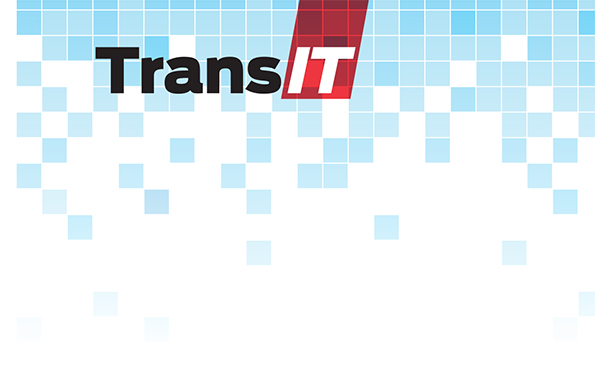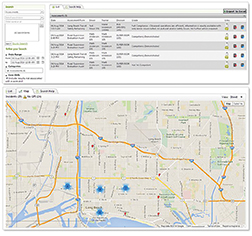
Personnel management
By Mark Anderson
On first thought, bus transportation management commonly has to do with operating and maintaining equipment. But the fact is, the first concern is with the people doing the work in every area of the the business. Management begins in personnel. As the company relies on employees’ quality work, their fair treatment and oversight also requires accurate management.

Currently, bus companies may keep personnel records on Excel spreadsheets, or even with a hard copy folder for each employee. One folder might be for training, another for compliance issues. The safety department will maintain a spreadsheet on accidents; operations will keep track of attendance. Some companies attempt to be more “innovative” by putting all this information into one comprehensive file. Nonetheless, this still has more to do with tracking issues than actually managing performance in each area.
The preferred solution is a system to compile all this information in one cloud-based database for each employee that presents a more comprehensive performance record. For example, a manager might be talking with an employee about his attendance, but also see where that same employee is having accidents. The data in each area — i.e. attendance, discipline, safety, compliance — contributes to the opportunity for a more comprehensive evaluation.
The solution is technology that makes this process simpler and more accessible. The technology solutions that companies such as Trackit provides help agencies take their current paper-based process to paperless forms on a tablet to collect data, store and analyze information. These cloud-based solutions are simple to implement and very cost effective.
The management tracking categories may include incidents, accidents, employee attendance and training and compliancy. The searchable data is available for planning, analyzing risk or staying compliant with federal, state and local requirements.
A cloud-based personnel management system establishes the flexibility to enter and track only what is important to the business; and provides alerts, action items and to-do lists to help managers determine the correct outcomes and track progress.
Tracking performance in every operational area is critical for any transit agency. For example, training records must document not only initial training that qualifies an employee, but also that person’s retraining and any continuing certifications.
Because a transit agency is a government entity, it will always face the risk of a lawsuit. In the event of an accident or serious event, from a liability standpoint all documentation must show evidence of a complete and correct training program. If something happens on a bus or train, we need proper documentation to show that employees are trained and retrained routinely. Typically, relying solely on the trainer to create the necessary documents, that denote and prove what was taught and when, leaves room for error. As a court will subpoena such records, the agency needs a system to provide the proper documentation easily and without delay.
In another scenario, just to be safe from defense attorneys, agencies must also have proof of a strict policy for additional, rehabilitative training following any preventable accident. A general description of “what we normally do” will not suffice in this day and age.
But how best to manage all the records? How to store all agency assessments on one PC or tablet for quicker and easier access? To show what, when, where and how the agency carried out these assessments? Agencies must be able to follow up on assessments, and then be able to discuss this information with the employee.
Given the approximate 40 minutes required to manually process each paper record, the number of administrative hours saved by switching to tablet forms and uploading to a database becomes very apparent — especially at a time when administrative requirements keep rising as the available personnel to help fulfill them keeps dropping. Technology can help bridge that gap, for example; quickly complete the accident form on the tablet and select submit. All the details, including photos and diagrams, are submitted at one time and it’s done.
Behavioral safety is another critical area to consider, and one in which technology can aid in implementing the desired skills and behaviors for drivers and customer service representatives, and provide a roadmap for the training. The technology will enable the organization to provide a consistent message by including the behaviors into Coaching Reports.
Asset management and a system-safety approach are main elements to MAP-21. The transit industry has taken a system-safety approach for some time, but could perhaps be more formal in how it assesses, reports and follows up on issues that concern safety.
Tracking technology ensures consistency across the organization through accurate recording keeping, and provides the needed evidence in challenges from courts and labor unions. Everyone in the agency adheres to the same criteria and the same training and advice, which ultimately lowers the accident rates; and guides management to safer, more efficient operations by noting desired behaviors and recording consistent evaluations, and giving uniform advice across the board.
Mark Anderson is president of Trackit LLC, La Mesa, CA. Trackit Manager provides paperless digital tools to systematically collect – track – analyze —and allows managers to act on the personnel data generated by transit agencies. Visit www.trackittransit.com.
